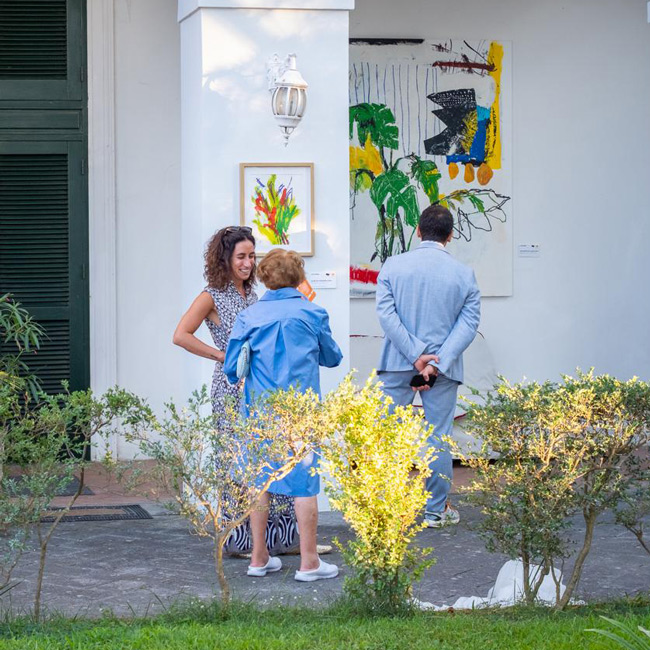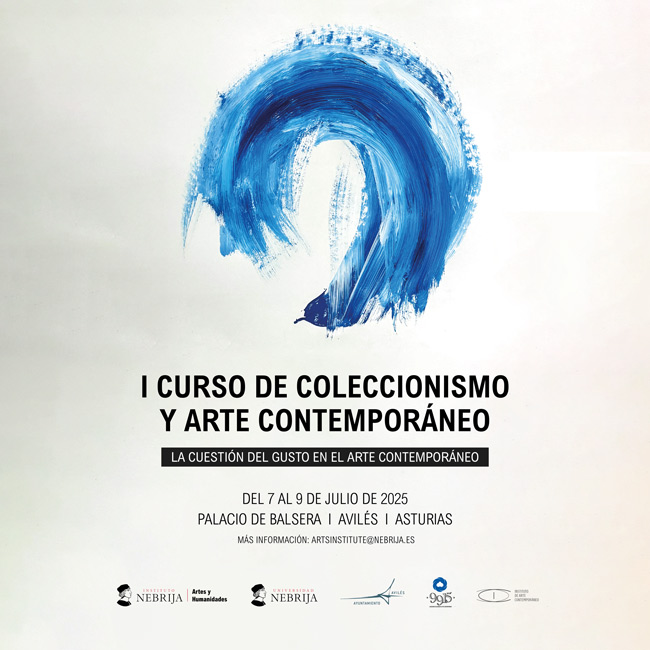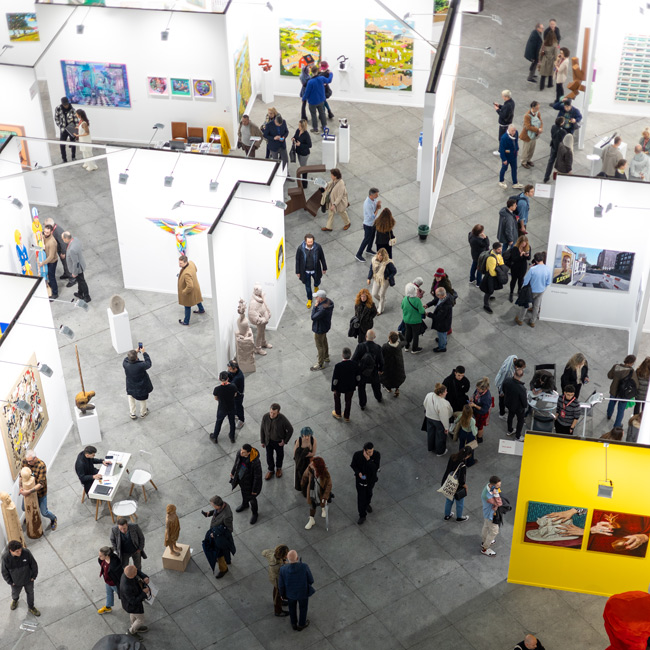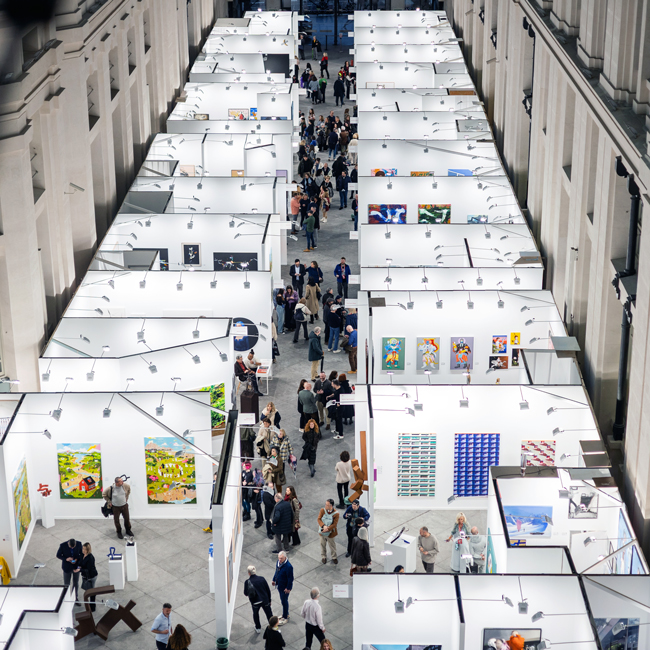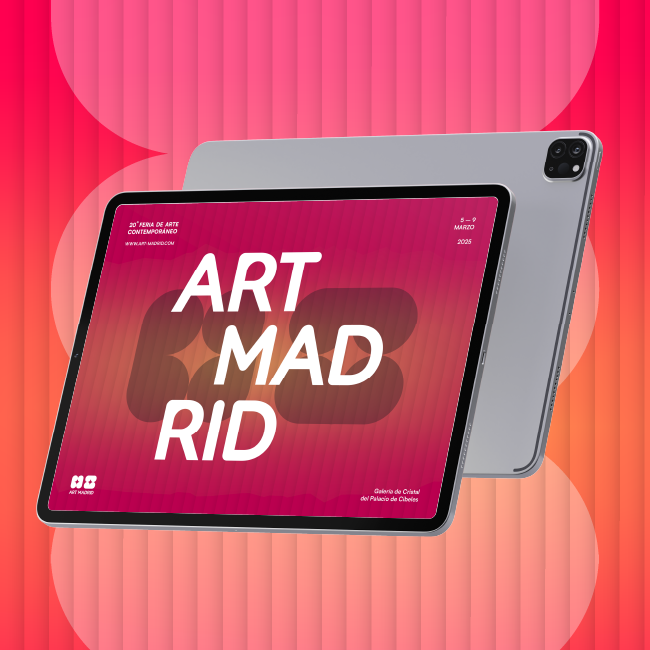UNUSUAL CONTEMPORARY SCULPTURE
Nov 28, 2019
Breaking News
The urban space appears as an immense blank canvas that offers a multitude of options to accommodate surprising, ingenious and, above all, large proposals. The visual strength of these pieces is capable of modifying the environment and generating a great attraction, in addition to energising the activity and serving as a way to channel global messages that seek a direct change in the community. In this panorama, the urban sculpture reveals itself as the great winner. The riskiest and voluminous works claim their share of prominence by living with other disciplines that also make their way into the cities. We bring you some of the most curious works conceived for the public space.
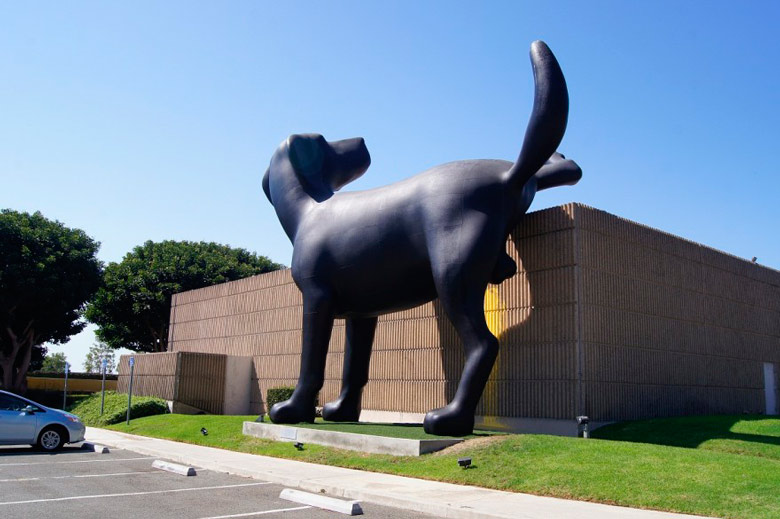
Richard Jackson made this temporary sculpture outside the Orange County Museum of Art, in Santa Ana, California, on the occasion of the retrospective that the centre dedicated to him in 2013. The author wanted to open the debate about the role of humour in art, and of course, he got it. "Bad Dog" achieved a significant impact. The work of this artist is very focused on the double meanings, irony and the fight against stereotypes in art. The result is eclectic and challenging to define work that breaks moulds.
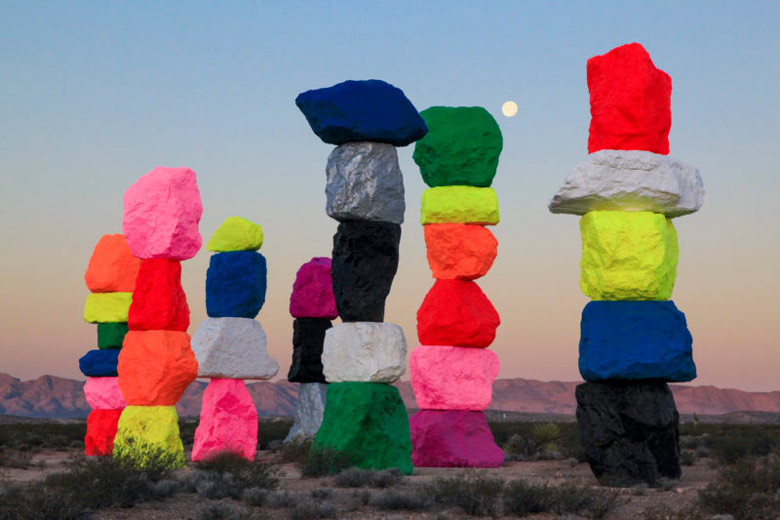
Other authors prefer to place their proposals in natural spaces where asphalt and cement are far away. This is the work of Ugo Rondinone, which is committed to using elements of the environment, such as stones and giving them a layer of colour to create his compositions. As assembled pieces of large format, its columns of painted rocks rise as beings from another world and remind us of the indigenous totems that evoke the ancestor's spirits. His work swings between the landart and the popart taken to desolate and diaphanous places, as with his famous "Seven Magic Mountains", located in the Nevada desert.
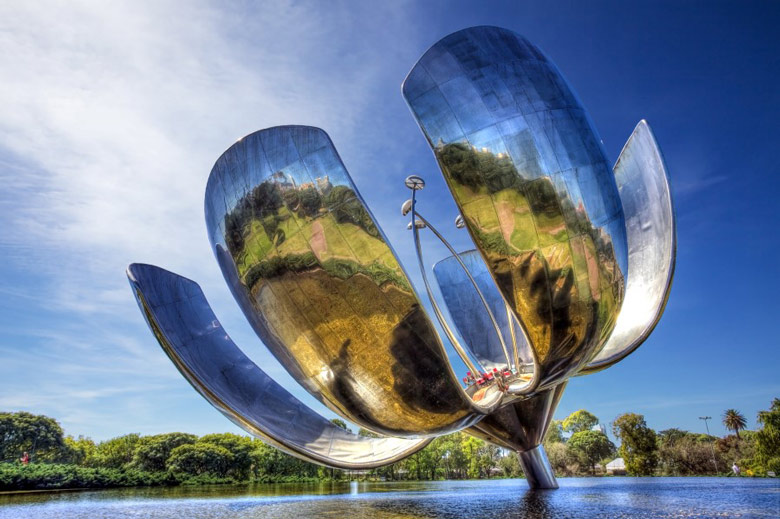
Urban works are also vehicles for symbolic values. "Floralis Generica" is a huge flower-shaped sculpture made of aluminium, stainless steel and concrete. The architect Eduardo Catalano donated it to the city of Buenos Aires in 2002. Since then, it is installed in the United Nations Plaza, in the centre of an artificial lake. Thanks to an electric mechanism, the flower opens its 23-meter petals every morning and closes at dusk. With this simple gesture, this work represents the hope of each new day and the rebirth of life, and today has become a symbol of the city.
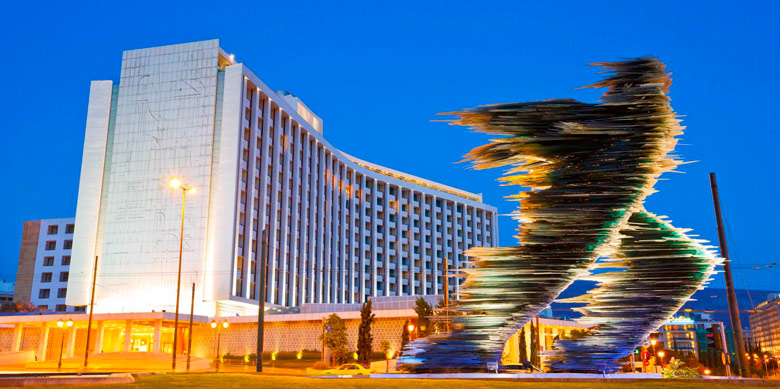
In a review of the futuristic movement that triumphed in the first decades of the twentieth century, the work Dromeas ("The Runner") is a 12-meter high sculpture made entirely of superimposed green glass sheets. The Greek Costas Varotsos wanted to represent the strength, momentum and speed of the racers and pay homage to the start of the Olympic games, where athletics was one of the first disciplines to consolidate. In the middle of the Marathon’s Way, in Athens, this work seems to gain speed and erase its contours to the wind.
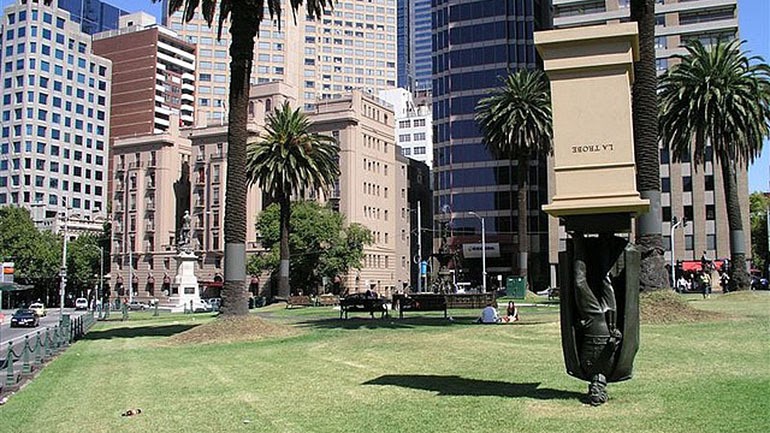
In this list, we cannot forget the sculpture of Charles La Trobe made by Charles Robb in 2007 that we can see in Melbourne. Charles Joseph La Trobe was a public figure in the Australian colony of Victoria driving several cultural projects between 1839 and 1854, a period in which the Royal Botanic Gardens, the State Library, the Victoria Museum, the National Gallery of Victoria and the University of Melbourne. Robb's decision to create a piece by presenting the figure face down was a way of questioning the meaning and purpose of contemporary monuments dedicated to celebrities or people of public interest. Today this work made of plastic and fibreglass can be seen at La Trobe University in Bundoora.

